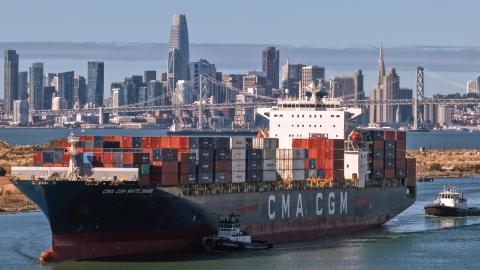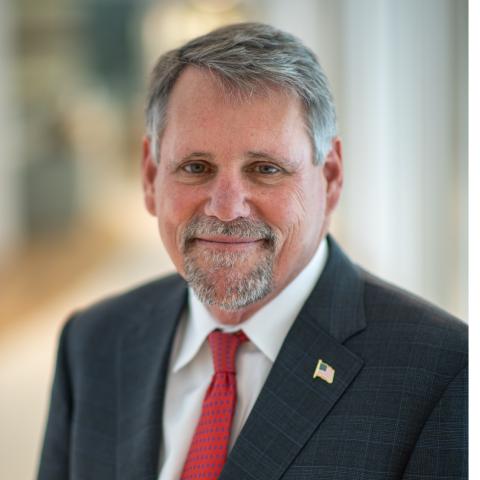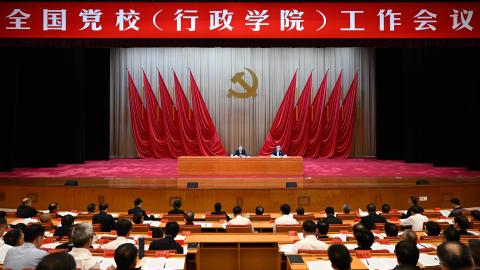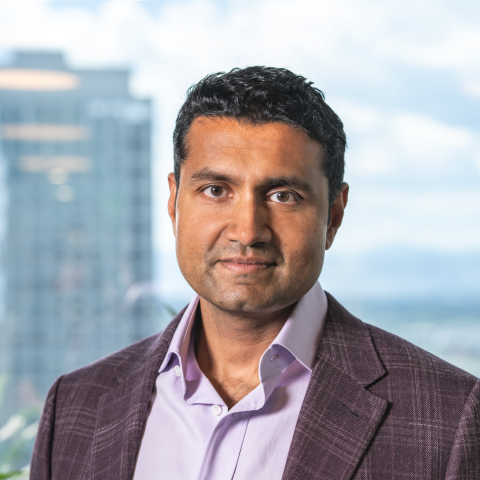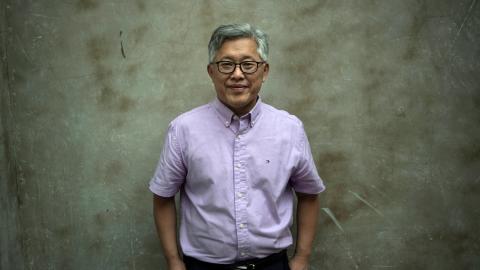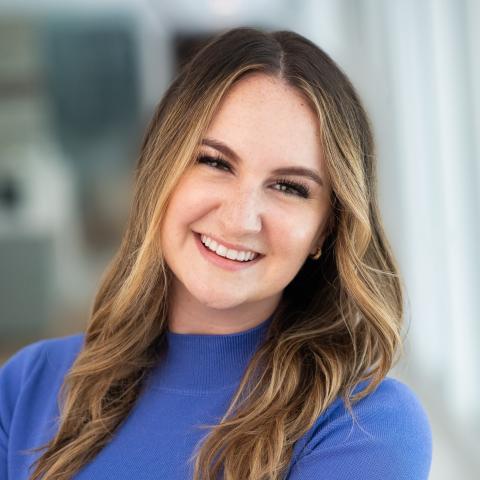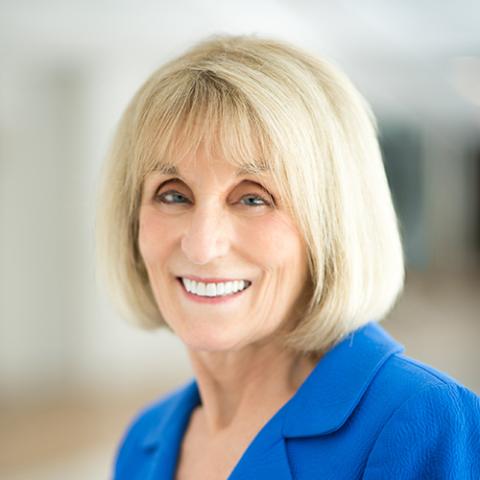As the newest president of the World Bank, Robert Zoellick, is settling into the first month of his five-year term, his greatest challenge will be figuring out how to best give foreign aid since the world we are in now is much different than when the World Bank was founded in 1945. Even as rock stars and G8 leaders call for increasing government aid as key to helping Africa prosper, it continues to decline in importance for developing countries. Private capital flows and private philanthropy including remittances from immigrants sent back to the developing world dwarf government assistance. Today, foreign aid constitutes less than 25% of all financial flows from developed countries to poor nations.
In 2005, the latest available data, Americans gave $95 billion to the developing world through foundations, corporations, private and voluntary organizations, universities, religious institutions, and remittances.
This is nearly three-and-a-half times American official aid of $28 billion. American companies invest and lend another $69 billion in private capital. Official aid constitutes just 14% of America's total economic flows to developing countries. Traditional foreign aid is outdated, delivering assistance primarily through host governments via expensive consultants. The conventional assumption that foreign aid counts only when it comes from governments is caught in the time warp of Marshall Plan-era thinking when both private investments and charity abroad were minimal.
Over the past two decades, new means of delivery have sprung up to help the needy who are abroad. Venture philanthropy like the Britain-based Riders for Health started a self-sustaining business through private donations and volunteers. The successful venture provides 1,200 vehicles in five African countries, transporting 900 nurses to remote areas and patients to hospitals. Government foreign aid is being supplemented and augmented by private insurers providing affordable insurance to the very poor. Europe's largest insurance company, Germany's Allianz, has teamed up with the United Nations Development Programme and Germany's aid agency to offer life and other insurance for the rural poor in India. In Africa, local "mutual health insurers" have successfully helped communities negotiate health services with local doctors and clinics at low cost.
Local philanthropy is growing swiftly in developing countries. Local or community foundations increased by more than 25% between 2000 and 2005.
An organization headquartered in America that encourages and enables the rise of local philanthropy in the developing world, United Way International, has branches in 30-plus poor countries that teach the benefits of homegrown giving.
The head of UWI in Thailand, Vajiraya Buasari, says that his branch maintains a network of 833 local charities that can tackle problems successfully "because we are a nongovernmental organization, take quick action, spend wisely, and are accountable."
Across the developing world, more poor people have access to cell phones than to bank accounts, and the "cell phone as bank" concept is growing in Asia and Africa. Farmers compare their prices to the world market, and day laborers learn of new job opportunities via cell phones.
Helping poor people transfer money faster and more securely, the cell phone will help reduce the estimated 20% loss of traditional remittances transfers. With near-limitless possibilities for improving lives, the cell phone could well turn into the Industrial Revolution of the developing world.
Remittances now exceed official aid from all donor countries to developing nations combined they are a global social security system that works. Studies show they reduce poverty and boost health and literacy.
Private banks, setting up accounts for immigrants in America to send money back home to families and villages, help poor people earn interest, and establish credit worthiness for loans. Remittances also play a crucial role in strengthening poor countries' balance of payments, which improves credit ratings, allowing them to tap into international financial markets on better terms.
Immigrants in France and America have created Hometown Associations for development projects in their home countries. Contributions by immigrants living in France supported 150 projects in Mali, which the World Bank figured accounted for 60% of Mali's infrastructure over the past decade.
Unlike much of traditional development aid, these new forms of help go directly to people and institutions in need at low administrative costs. Skilled volunteers from the Baylor College of Medicine in Houston, Texas, deliver hands-on training in Africa at one-third the cost of government-funded consultants.
Online giving which constituted a quarter of the outpouring of American generosity to tsunami victims after Christmas 2004 delivered assistance faster and with lower transaction costs than traditional disaster relief.
It is because of such changes that government aid has to change as well. Official assistance should be paired with innovative private projects, including fast-growing local philanthropies in poor countries. Aid officials must learn how to work with the main financial flows to developing countries 75% of which come from the private sector.
Clearly, countries, especially in Africa, still need significant government aid in humanitarian crises. But even this aid should be given in conjunction with private donations of money, time, and expertise that can better create lasting local institutions in developing countries a recognition that may be humbling for traditional government aid officials.
